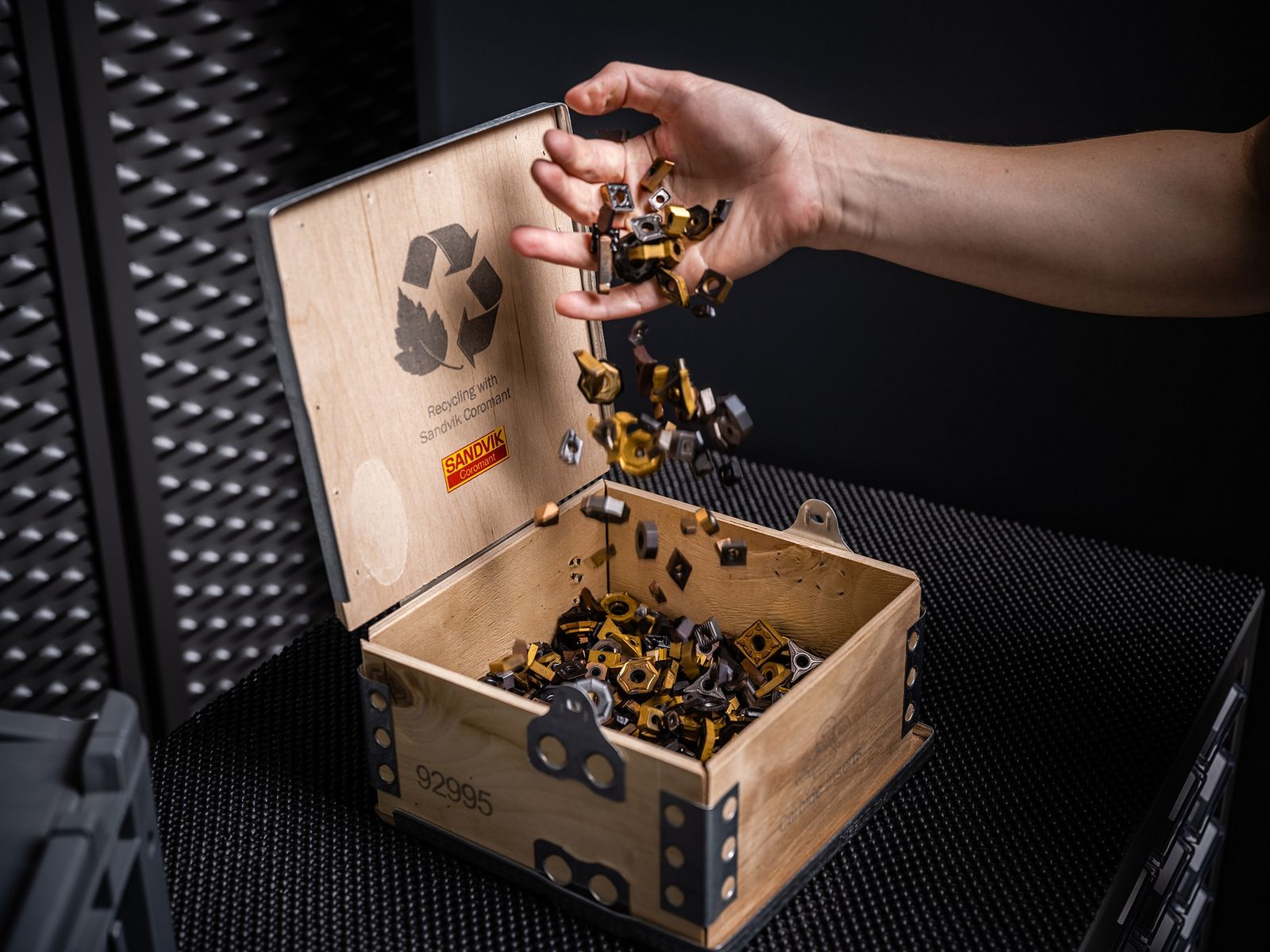Sandvik Coromant Examines Sustainable Metalworking Standards
As a sustainability advocate and supporter of global sustainability goals, Sandvik Coromant has developed a set of internal goals called Make the Shift to set a new industry standard and raise the bar for sustainable business.
“The metalworking industry is conservative by nature, meaning change can often be slow. We’re aiming to disrupt that. We hope that our initiative will motivate other companies in the industry to follow on our path to a more sustainable industry,” says Helen Blomqvist, president of Sandvik Coromant.
It’s no secret that the industry has a huge carbon footprint. In the U.S., manufacturing accounts for almost a quarter of direct carbon emissions, according to the Environmental Protection Agency. In Europe, the industry emits an annual total of 880 million tons of carbon dioxide equivalents. Sweeping changes must be made, and Sandvik Coromant is taking major steps to be in the forefront of this transition.
Not only is a more sustainable metalworking industry necessary from environmental aspects, consumers also want companies to be focused on sustainability, as do current and prospective employees. Sandvik Coromant has made a commitment to lead the way toward a more sustainable future — a future where sustainability is the result of what the company does and is an integrated part of how business is conducted. This includes making use of new technologies, new competencies and new ways of designing to make the processes better for both the organization and the environment.
To achieve this, Sandvik Coromant has established two leading objectives:
1. Achieve a more circular business through more efficient recycling, aiming to recycle at least 90 percent of the company’s waste and halve the carbon dioxide impact by 2030. Many processes have already been implemented in order to make this shift, from a robust recycling program to digital devices like the Green Factories measurement tool, which allows Sandvik Coromant to track areas of inefficiency throughout all facilities.





